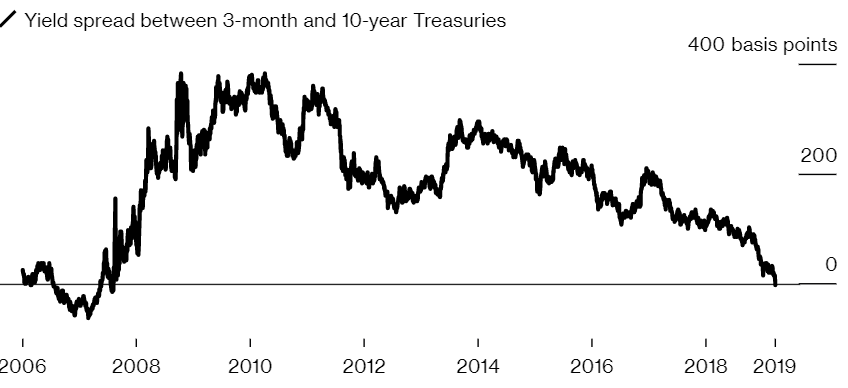Insights, Ideas and News

What We Do And How We Can Help
By Ember E. Martin, CFP®
When it comes to money, many of us believe that having lots of it is the be-all, end-all goal. And while, yes, money does make the world go round, we believe that money is a tool, not a solution; a tool to help you live your life in a way that brings not only security but fulfillment too. At Vested Wealth, our mission is to help you live a better life by designing a road map that combines your values with an achievable financial life plan. After all, what is all that hard work for if it doesn’t add up to a better life? Are you in?
read more…
What Should You Do About The Coronavirus And Stock Market Volatility?
The financial markets took a big dip early last month over fears about the spreading coronavirus, erasing gains from earlier this year. After the Dow lost over 800 points in one day, it was down a total of 1,900 points in two days.
read more…
Why I Became A Financial Planner
By Ember E. Martin, CFP®
Life is full of unexpected twists and turns. While we may start off in one career, our experiences might show us other areas we want to pursue or open doors to new opportunities. That’s exactly how I found my way into my career as a financial planner.
read more…
Why We Should Care About the Yield Curve?
You are forgiven if you don’t know why an inverted yield curve is a big deal. Here’s what the fuss is about.
What’s a yield curve?
It’s a way to show that buyers of bonds are getting more interest for choosing to buy shorter- versus longer-term debt. Most of the time, they
demand more for locking away their money for longer periods, with the greater uncertainty that brings. So, on a graph the yield curves usually slope upward, from shorter bods yielding lower rates to higher one.
What are flat and inverted yield curves?
A yield
curve goes flat when the premium, or spread, for longer-term bonds drops to
zero — when, for example, the rate on 30-year bonds is no different than the
rate on two-year notes. If the spread turns negative, the rate curve is
considered “inverted”, sloping down from short to long term bonds.
Does it matter?
Normally sloped yield curves has usually reflected the market’s sense of the economy, particularly about inflation. Investors who think inflation will increase typically demand higher yields to offset its effect. Because inflation usually comes from strong economic growth, a sharply upward-sloping yield curve generally means that investors have rosy expectations. An inverted yield curve, by contrast, has been a reliable indicator of impending economic slumps, like the one that started in 2007. In particular, the spread between three-month bills and 10-year Treasuries has inverted before each of the past seven U.S. recessions.
What’s been happening?
Since late in 2018, markets have been concerned about the possibility of a global economic slowdown, fed in part by the trade war between the U.S. and China. Those signs of weakness led the U.S. Federal Reserve first to pause the series of interest rate hikes it had been pursuing and then to cut rates in July. At the same time, however, the Fed signaled that the cut wasn’t necessarily the start of a cycle of rate reductions. That statement kept yields on shorter-term debt anchored, while concern over the economy sent investors scrambling for the safety of long-dated Treasuries. That dropped U.S. 10-year yields below those of two-year Treasuries, while 30-year yields fell to a record low.
FEATURED
Top Read and Featured Articles
Foxes, Wolves and Sheep
The title above is a portion of a quote from Josh Brown, of the site “Refomed Broker”. The full quote is “These products are created by foxes, sold by wolves, and bought by sheep.” He was talking about a listing of very-bad-for-you financial products he calls the ‘The Deplorables’, borrowing a recent phrase from Mrs. Clinton describing Trump […]
A ‘Naive Meritocracy’
A recent research paper published by Cornell University, examines the real world inconsistency between how wealth and success are accrued to the top 20% of society while talent and competence exhibit a normal distribution, the ‘Gaussian’ bell curve, with roughly equal numbers of extreme winners and losers. If success correlated to talent more people should be successful, […]
Getting You Organized
Organization = Clarity and Understanding One of the most daunting elements of embarking on a financial plan is the reality that you need to be organized in how you store and access your information as well as organized in your mind. In other words you need to know what you have and where it all is. Vested […]
Medicare Basics
The Range of Annual Returns
At a time when investors have experienced the worst quarter of market returns in perhaps their lifetime it is instructive to review the expectations of long range returns based on various levels of portfolio risk. Vanguard provides the following chart to illustrate...
Who is Middle Class Nowadays?
New research from the Pew Research center says it matters how big your household is...see below.




